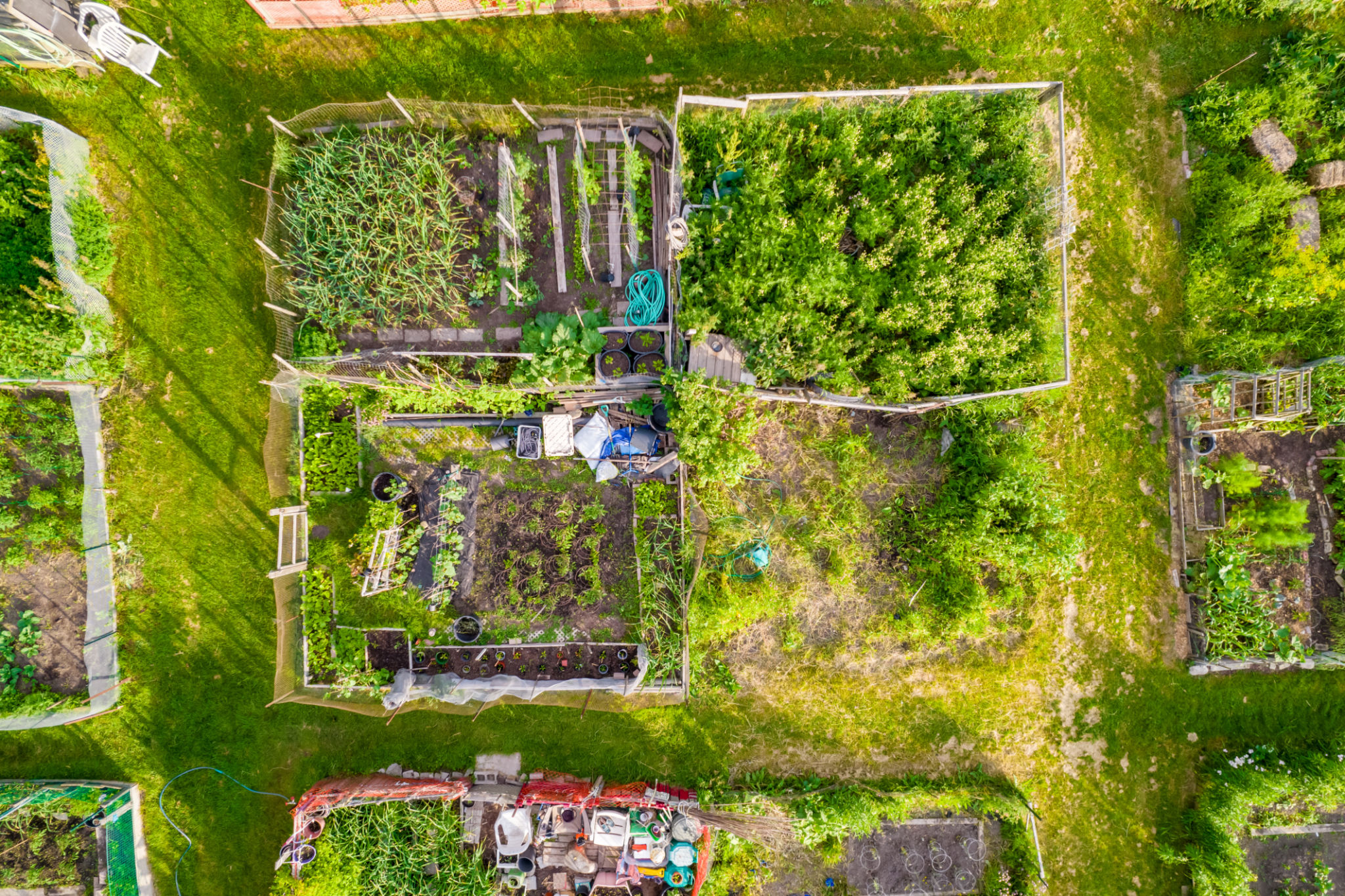A Beginner's Guide to Permaculture Design in Urban Spaces
Understanding Permaculture
Permaculture is a sustainable design philosophy that encourages working with nature rather than against it. This approach can be particularly beneficial in urban spaces, where traditional gardening methods might not be feasible. By understanding the core principles of permaculture, city dwellers can create green spaces that are both productive and environmentally friendly.

At its heart, permaculture is about creating ecosystems that are self-sustaining. This involves planning and implementing systems that mimic natural processes. The goal is to reduce waste, conserve resources, and produce minimal impact on the environment. For urban dwellers, this means transforming small spaces into thriving green areas that contribute to biodiversity and improve quality of life.
Getting Started with Urban Permaculture
Assess Your Space
The first step in any permaculture design is assessing the available space. Urban areas often have limited room, so it's essential to maximize every inch. Consider factors such as sunlight exposure, existing vegetation, and soil quality. Even if you only have a balcony or a small backyard, you can still implement permaculture principles to enhance your environment.

Design with Intent
Once you've assessed your space, it's time to design your permaculture garden. Start by identifying your goals—do you want to grow food, attract pollinators, or create a relaxing green oasis? Use these goals to guide your design choices. Incorporate elements such as raised beds, vertical gardens, and water-saving techniques to optimize space and resources.
Key Principles of Urban Permaculture
Zone Planning
Zone planning is a fundamental aspect of permaculture design. It involves organizing your space based on how often you use different areas. For example:
- Zone 0: Your home, where you might start seedlings or grow herbs on windowsills.
- Zone 1: Areas closest to the home, ideal for frequently harvested plants like vegetables.
- Zone 2: Less frequently accessed areas for perennials or fruit trees.
This approach ensures efficient use of time and resources, making it easier to maintain your urban permaculture garden.

Companion Planting
Companion planting is another key permaculture principle that involves growing plants together for mutual benefit. This technique can help control pests, improve pollination, and increase crop yields. Plants like tomatoes and basil make excellent companions, as do carrots and onions. By selecting the right combinations, you can create a harmonious garden ecosystem that thrives naturally.
Embracing Sustainability
Water Conservation
In urban permaculture, conserving water is crucial. Implement rainwater harvesting systems or use greywater from sinks and showers to water your plants. Mulching is also an effective technique to retain soil moisture and reduce water usage.
Sustainability in urban spaces is not just about resource conservation but also about building community. Share your knowledge and produce with neighbors to foster a sense of community and collaboration. By working together, urban residents can create vibrant, sustainable environments that support both people and the planet.

Permaculture in urban spaces offers a unique opportunity to reimagine how we interact with nature in our daily lives. With thoughtful planning and a commitment to sustainability, even the smallest urban areas can become thriving ecosystems that contribute to environmental health and personal well-being.